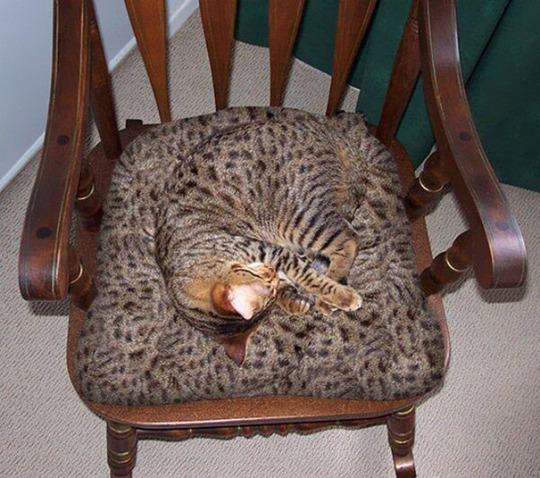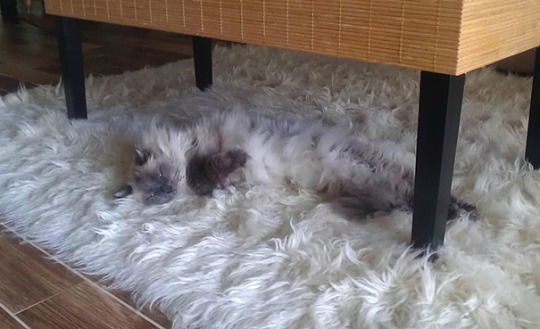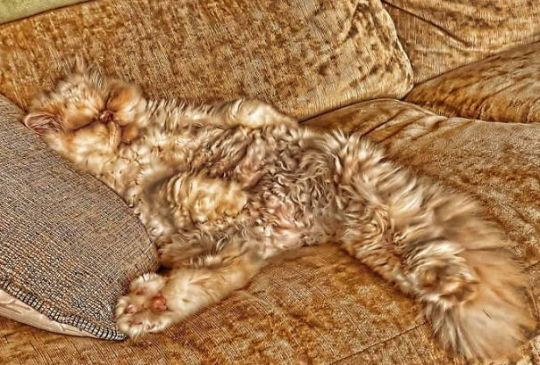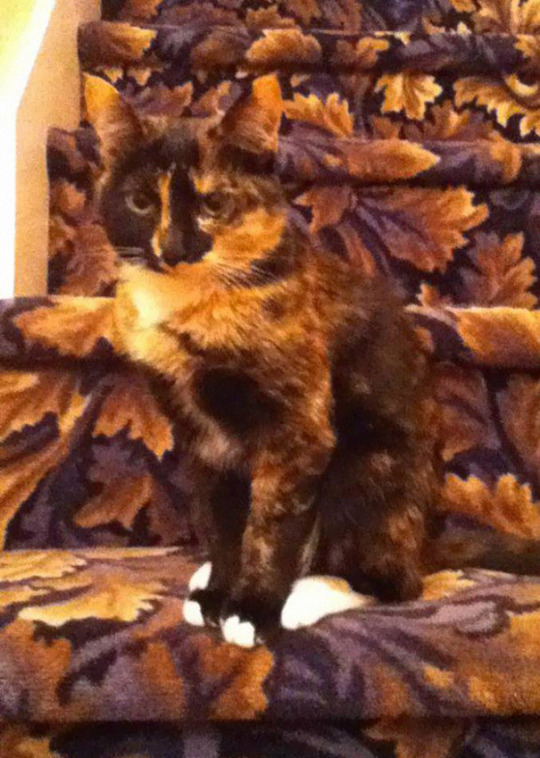Please, do not feed the animals - they are on special diets.
Don't wanna be here? Send us removal request.
Video
vine
Nindiri gives her little boy a licking.
2K notes
·
View notes
Photo

glass: “DO NOT TAP ON GLASS” hyena: [tap on glass]
14K notes
·
View notes
Photo

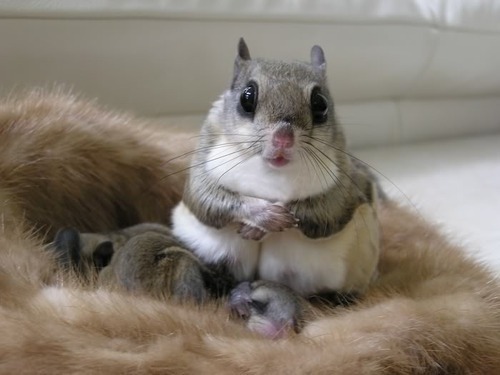
A Japanese dwarf flying squirrel with her babies
137K notes
·
View notes
Video
tumblr
At Franklin Park Zoo there’s an apparatus that allows the guests to see how the giant anteater feeds: the clear tube shows the animal’s remarkable tongue.
232 notes
·
View notes
Video
tumblr
Big fat cheater! Little man is too smart for his own good sometimes…
27 notes
·
View notes
Note
Hi! I'm a zookeeper from Florida and i was wondering if you have any ideas for enrichment for hoofstock....
Hello!As most hoofstock species are flighty and neurotic, it’s always a good idea to err on the side of caution when introducing new enrichment. Anything new is potentially terrifying, so — baby steps! (And of course always get your supervisor’s and/or veterinarian’s stamp of approval before giving new enrichment, follow protocol, yadda yadda common sense disclaimer.) Here are some things we use at my zoo.Food: Unseasoned air-popped popcorn; wheat/corn/rice Chex cereal; sweet feed; compressed alfalfa cubes; sugar free Kool-Aid; sugar free Jell-O; molasses; produce.Manipulative/Environmental: For a lot of hoofstock, just seeing something new in their stall or yard — a ball, a traffic cone, chalk drawings on the walls — can be very enriching. You can also hang things from the ceiling, and you can put treats or part of their diet in just about anything. Try stuffing some hay in traffic cones, cardboard boxes, or empty paper grain bags. Cut a few holes in a plastic barrel, fill it with treats, and hang it from the ceiling with a chain to a height that the animals can reach to eat from it and beat it up. Feed them out in an empty hard plastic kiddie pool instead of in their bowls. Make a puzzle feeder by cutting small holes in a plastic water cooler bottle or hollow plastic ball, filling it with treats, and letting them roll it around.Sensory: Christmas lights (outside the stall/inaccessible to the animals, obviously); music or CDs of animal/nature sounds; spices; perfume.Giraffes! …are super weird and like to lick everything, so give them some fun stuff to lick. Tie plastic objects together with a rope or chain and hang it for them (we have one that’s just a rope with a bunch of plastic juice-pitcher lids tied to it, and the giraffes love it). Make hanging puzzle feeders by cutting holes in PVC pipe and plastic water cooler bottles. Mount scrub brushes on the walls for them to scratch against. Our giraffe are also oddly fascinated when we play DVDs on a TV right outside their stall. (Important: remember the heightened risk of strangulation for giraffes with hanging enrichment, and be extra careful to monitor them and make sure everything is hung safely.)That’s all off the top of my head but there’s tons more! Anyone have other suggestions?(Edit: I forgot browse for browsers!! Lots of leafy branches!! Also logs, logs are great.)
40 notes
·
View notes
Photo

Ever tried to listen to the heartbeat of a hyacinth macaw? It can be a bit tricky. Check out this behind-the-scenes look at how we work with animals…
Really cool video from the National Aquarium (Baltimore, MD) showing a hyacinth macaw trained to voluntarily undergo a vet exam, including a blood draw.
45 notes
·
View notes
Quote
Your quality of work is their quality of life
Motto for all those working in animal care and conservation fields (via biologizeable)
4K notes
·
View notes
Photo

An easy way to remember the two surviving species of camel: the dromedary, or one-humped camel; and the bactrian, or two-humped camel.
Like this gif? Check out “How a dog drinks water.”
822 notes
·
View notes
Photo

Source
A fairly accurate avian food pyramid, a good guide to reference when feeding your flock! Keep in mind that the percentages will change from species to species (‘Toos and ‘tiels need more pellets, Hyacinths need more nuts/ seeds). This Food pyramid does not apply to Lory, Lorikeet or Eclectus species.
1K notes
·
View notes
Photo

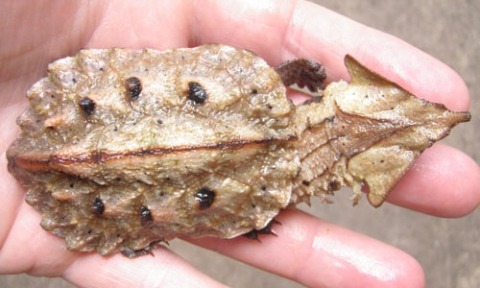
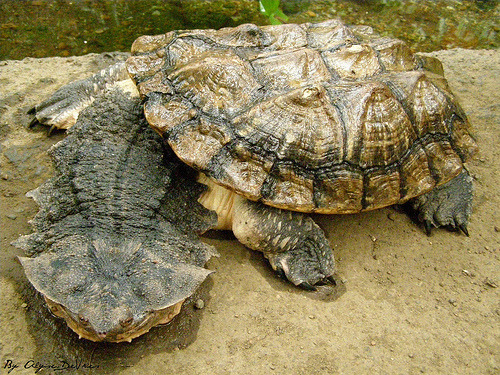
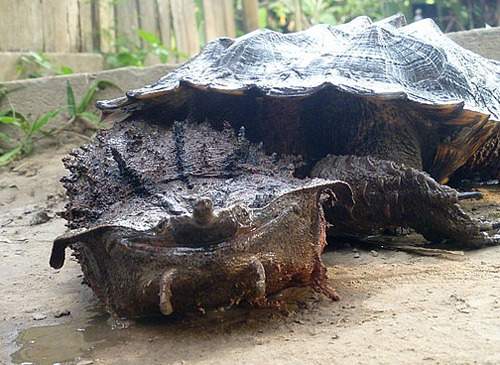
Mata mata (Chelus fimbriata)
The Mata mata is a freshwater turtle found in South America, primarily in the Amazon and Orinoco basins. It is strictly an aquatic species but it prefers standing in shallow water where its snout can reach the surface to breathe. The appearance of the mata mata’s shell resembles a piece of bark, and its head resembles fallen leaves. The mata mata is carnivorous, feeding exclusively upon aquatic invertebrates and fish, which it has to swallow whole, since it cannot chew due to the way its mouth is constructed.
11K notes
·
View notes

